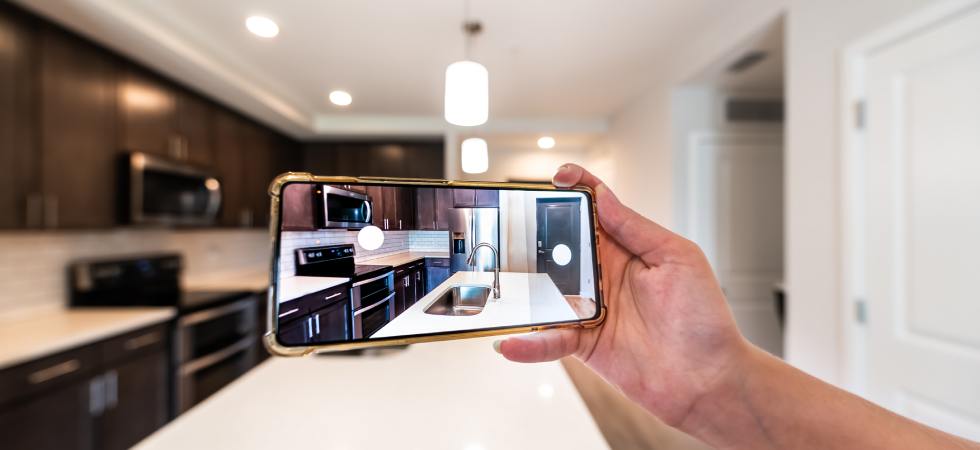Clear Signs Your Real Estate Listing Photos Aren’t Working
Real estate listings live or die by their photos. When potential buyers scroll through hundreds of properties online, compelling images could be the difference between a click and a pass. Poor photography can sabotage even the most desirable properties, leaving sellers wondering why their listings aren’t generating interest.
Recognizing the warning signs of ineffective listing photos helps real estate professionals pivot quickly and salvage struggling listings. Often, you’ll receive a few clear signs your real estate listing photos aren’t working. Learn what they are below.
Your Click-Through Rate Has Flatlined
Low click-through rates serve as the first red flag for problematic listing photos. When your property appears in search results but fails to attract clicks, the thumbnail image likely isn’t compelling enough to grab attention. Buyers make split-second decisions based on that first glimpse, and blurry, dark, or poorly composed photos send them scrolling past your listing.
Most successful listings generate click-through rates between two and five percent. Numbers significantly below this range suggest your photos need serious improvement.
Visitors Leave Within Seconds
High bounce rates reveal another critical issue with listing photography. When potential buyers click on your listing but immediately navigate away, they’re likely disappointed by what they see. This behavior indicates a disconnect between expectations and reality.
Dark interior shots, unflattering angles, or photos that fail to showcase the property’s best features cause visitors to lose interest instantly. Buyers want to envision themselves in the space, and poor photos make that next to impossible.
Social Media Posts Fall Flat
Social media engagement provides valuable insight into photo effectiveness. When you share listing photos on platforms like Facebook, Instagram, or LinkedIn, the response tells a story. Posts with minimal likes, shares, or comments suggest the images aren’t resonating with your audience.
Engaging real estate photos typically generate comments, shares, and questions from potential buyers. Radio silence indicates your photos lack the visual appeal needed to spark interest and conversation.
Inquiries Remain Sparse
Quality listing photos should generate phone calls, emails, and showing requests. When inquiries remain minimal despite adequate marketing efforts, the photography often bears responsibility. Buyers won’t reach out about properties that don’t visually excite them.
Professional-quality images that highlight unique features and create emotional connections typically result in multiple inquiries within the first week of listing. Sparse communication suggests buyers aren’t inspired by what they see.
Comments Turn Negative
Direct feedback about photos provides unmistakable evidence of problems. When buyers, agents, or online commenters mention poor lighting, cluttered spaces, or unflattering angles, these observations demand immediate action.
Negative photo feedback often spreads beyond the original commenter, influencing other potential buyers’ perceptions of the property. Addressing these concerns quickly prevents further reputation damage.
Your Listing Grows Stale
Properties with excellent photos typically generate activity within the first 30 days. When listings sit stagnant for extended periods without showings or offers, poor photography often contributes to the problem. Buyers assume something must be wrong with properties that linger on the market.
Fresh, professional photos can revitalize stagnant listings and attract renewed interest. Many agents who take better photos of their farmland listing see immediate improvements in buyer engagement and showing requests.
Recognizing these warning signs allows real estate professionals to course-correct before listings become completely stagnant. Poor photos don’t have to doom a property sale, but ignoring the signs will almost certainly lead to extended market time and reduced sale prices.

